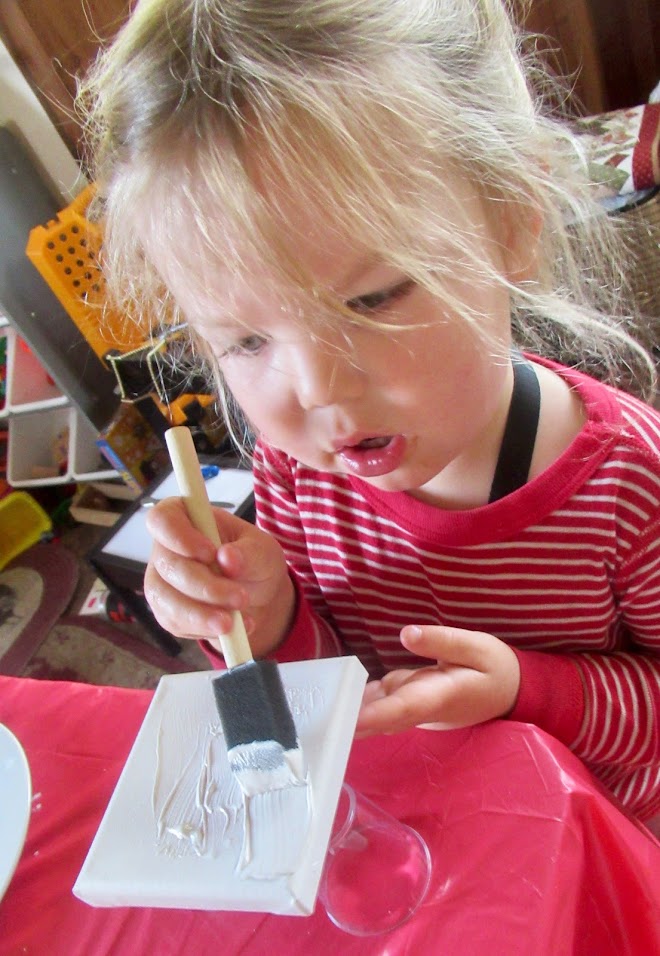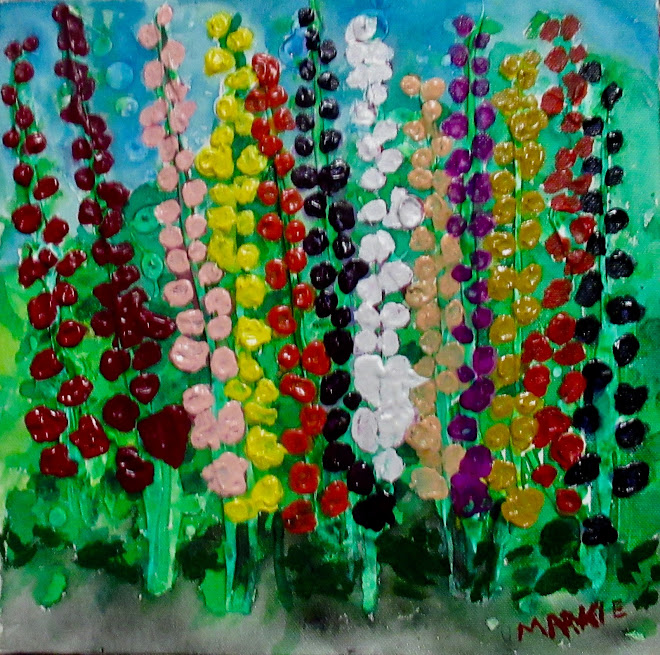What is the difference between a Dutch oven and a big saucepan? About twenty pounds. My ten-quart Dutch weighs in at 28.4 pounds, empty. The two tabs which stick out on either side and accommodate the heavy wire handle, allow me to lug it around using both hands. When filled, it is an armload.
The weight of the Dutch oven is the reason why it is so effective of a tool. The cast iron pot absorbs the heat from the burner (or oven) and releases it back into whatever is heating up inside. The difference between cooking French fries in hot oil in a Dutch oven and cooking them in a conventional saucepan, is too much to ignore. I mean, if you like crispy fries.
I have three Dutch ovens and use the biggest one most consistently for everything from a hearty lamb stew to stovetop fried chicken. In summertime I use it exclusively on top of the stove; in winter it can go into the oven, if I want to get some heat infused into a cold kitchen.
Slow-cooking a big cross-cut rib roast or a leg of lamb, is tailor-made for a Dutch oven. After having put salt and black pepper on the roast, I will heat up a quarter-cup of olive oil over a medium fire and sear the roast on each side for three-four minutes, with the lid on. When that is done, I break the glaze with red wine before adding onions, garlic and water/broth and cooking it for several hours, depending on what I am going to eventually use it for.
I will often shred the meat for taquitos, tacos or tostadas or else I will cut it into bite-size chunks for adding to any number of dishes I might be preparing. Slow-cooking the roast in advance merely gives me flexibility and thus, an advantage. With the meat already cooked and cut up, I can add it as early or late to a dish as I please, without having to prepare it from scratch.
Stews, chili, pinto beans, chili chicken, French fries, stove-top fried chicken, slow-roasting any cut of meat, frying fish, stove-top mac and cheese, chicken strips, chili verde and soups are among the dishes for which I use a Dutch oven.
The Dutch oven is also great on camping trips because of how well it absorbs heat. It serves as a one-pot-cooks-all for either a Coleman stove or a fire pit. As for cleaning it afterwards, if you coat the outside of the pot with dish soap before you ever use it, you can clean the inside after you use it and then put it in a plastic bag until you get home, where you can wash it in the sink with a lot less hassle than on the camping trip. The soot comes right off because of the dish soap.
Among my Dutch ovens is a Lodge cooking wok that is also cast iron, which I use to cook up my side dishes of veggies for farm lunches. I always start with three or four ounces of chopped bacon, add a couple of diced shallots, a quarter-cup of balsamic vinegar and a splash of maple syrup, before I fill the wok with kale, chard, beet tops, cabbage or anything else Casey has brought to me to cook from the farm. I add chicken broth to provide plenty of liquid, I lightly salt it and liberally add black pepper and cook it for around fifteen minutes with the lid on, depending on what is in the wok, for an easy and delicious side dish. I taste-test as I go.
Unlike a Dutch uncle, who will give you all sorts of advice but doesn’t really do anything, a Dutch oven gits ‘er done.
Rancho Steak (My father started cooking this dish in the sixties, after his coworkers at the steel factory let him sample their lunches. Almost all of his coworkers were either Mexican or black. In our household we were taught that it was not the color of a man’s skin that counted, but what was inside that skin.)
3 lbs. cut-up stew meat
1/2 cup gluten-free flour (I use white rice flour) or any kind of all-purpose flour
1/4 cup olive oil
1 cup red wine
salt/black pepper to taste (I start with a teaspoon of salt and a half-teaspoon of black pepper)
4 ounces of chopped bacon
2 onions or several shallots (I used leeks recently because I had them!)
4 or 5 cloves of fresh garlic
2 Bell peppers
1 quart whole cooked tomatoes
1 pint tomato sauce
12 ounces cut up mushrooms
2 large carrots, cut up
3 large stalks of celery, finely diced
I tablespoon red wine vinegar
1 tablespoon cumin
1 tablespoon red chili pepper (mild)
1 teaspoon paprika
2 bay leaves
1 quart of beef broth, though I use chicken broth because that is what I always have on hand. Any kind of broth works. So does water.
Optional: one whole jalapeño pepper, minced or any part of one to add a little spice to the dish.
I whisk the flour, salt and pepper together before stirring it into the meat so that it covers it entirely. I heat up the Dutch oven on a medium fire on top of the stove, add the olive oil and brown the meat, usually about ten minutes, stirring it several times to keep it from sticking or burning. Once it is done, I break the glaze with part of the red wine, turn off the fire and remove the meat from the Dutch oven. I set it aside for the time being.
I use the Dutch oven just as it is, after removing the meat, and cook the bacon until it is almost all the way done, before adding the diced onions, Bell peppers, garlic, celery, carrots and mushrooms, using the water from the whole tomatoes to keep the veggies cooking without having them stick. I can also add any amount of the broth for the same reason.
After the veggies have had time to soften up, I add the rest of the broth, tomatoes, wine, spices, tomato sauce and the browned meat, and bring the mixture to a boil. I turn down the heat so it is more than a simmer, but not hot enough to require constant stirring and let it cook for two hours, to allow the meat to become tender.
I always figure I need three hours to cook this dish, or it can be cooked at any point in time earlier, and heated up for the meal. I serve it over rice, but pasta or mashed potatoes work great also.



















No comments:
Post a Comment